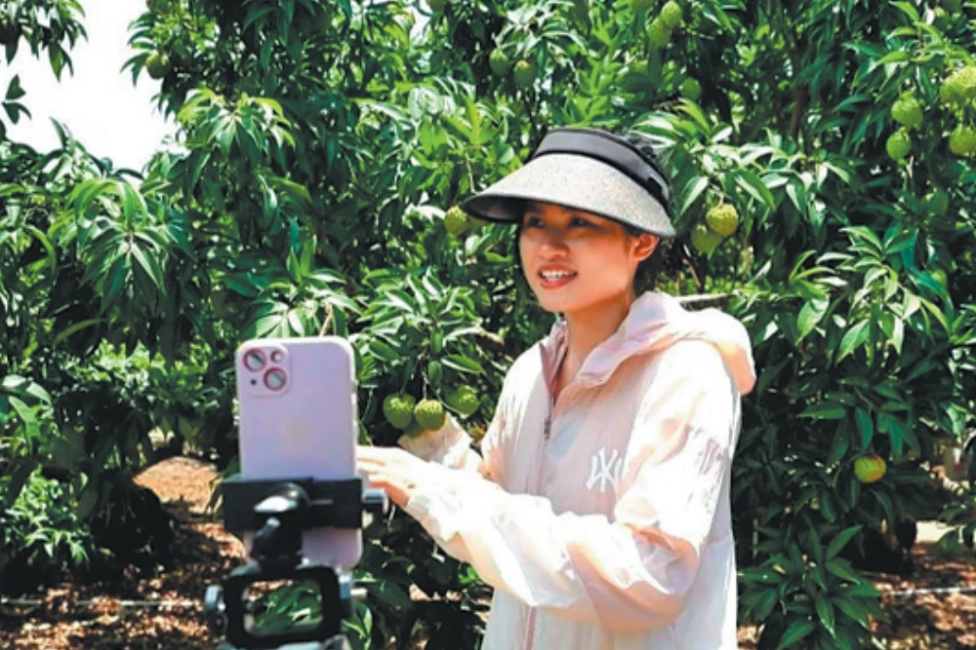Who's that panda? Microchip can answer

Giant panda fan Wan Yongqing, a photographer from Beijing, visits Sichuan province frequently to photograph the bears.
But Wan feels it's a shame he cannot tell one panda from another. "All of them look the same with their black and white colors," he said.
His sentiment is shared by many keepers in Sichuan, home to more than 80 percent of the world's pandas.
"A keeper is familiar with the panda he or she attends. But it is very likely he or she cannot distinguish other pandas," said Wang Chengdong, head of the animal hospital at the China Conservation and Research Center for the Giant Panda in Sichuan's Wenchuan county.
Keepers' embarrassment can now be mitigated thanks to a microchip the center is inserting under the skin of panda cubs.
The size of half a grain of rice, the microchip contains a unique identification code. With a sensor that can scan the code, a staff member can instantly collect the panda's basic information - its name, age and health records - Wang said.
Thanks to the code, a staff member can access more detailed records stored on a computer database to better analyze and manage the animal.
It takes only seconds to insert a microchip into a panda cub and the process does no harm.
"It's like injecting medicine into a human with a syringe," Wang said.
According to Li Desheng, a senior researcher in the center, all 17 panda cubs born last year in its Shenshuping base in the Wolong National Nature Reserve in Wenchuan have received microchips.
It is easy to inject a microchip into a cub that is, say, 1 year old because it can stay put, said Wang, adding that the center will place microchips in all its pandas, both cubs or adults.
The center is home to 270 pandas, the largest captive panda population in the world, according to data released at the end of last year. Since 2006, the center has released nine pandas into the wild to enlarge the natural population. Two have died in the wild, but the rest are alive, as reported by the satellite location tags around their necks.
Because the tags may stop functioning over time, the center inserts microchips into all the released pandas - which has proved invaluable in identifying specific animals.
Without a microchip, researchers would not know who's who when they recapture a bear for a physical checkup. That's because so many pandas have been set free, Wang said.
- China's top legislator to visit Kyrgyzstan, Hungary, Switzerland, attend world parliament speakers conference
- Measures help Tibetan antelope migrate in Xizang
- Xizang Airport sees surge in pet shipments
- Premier stresses high-quality implementation of major national projects
- Mainland tourism dazzles at Taipei travel expo with cultural relic souvenirs
- Global campers promote cultural exchange at mini world expo





































